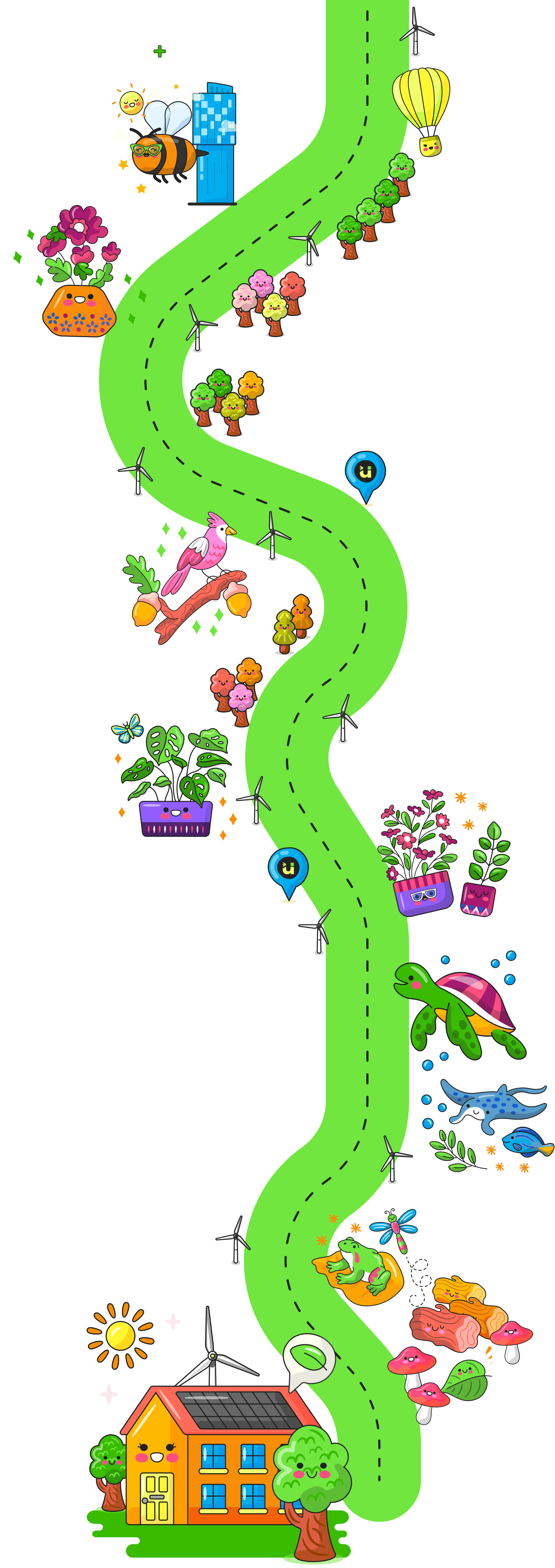Sustainability Roadmap
We’ve planned a rough timeline outlining our short to medium term action plan, covering 2026 to 2030.
It’s flexible by design, as we’re building this around evolving research, government policies, and the latest sustainability data. Rather than forcing a detailed yearly breakdown, we’ve kept things realistic so the roadmap can adapt as things change.
Research and assess the current energy supply and consumption of the company. Complete an energy audit of the offices (Sustainability Goal 1).
Complete the carbon accounting for the duration of the company to date, in line with the GHG Protocol. Identify the categories that are responsible for producing the most emissions and prioritise these as key focus areas. Begin to research and evaluate potential solutions to reducing these emissions (Sustainability Goals 2 and 3).
Produce a series of company policies which relate specifically to reducing scope 3 emissions, such as WEEE and electrical equipment (Sustainability Goals 2 and 3).
Research and train on best practices to gain better knowledge and support (Sustainability Goals 1, 2, and 3).
Develop initiatives, align the business strategy, and foster partnerships which directly relate to sustainability features and practices (Sustainability Goals 1, 2, and 3).
Begin to implement solutions within the company that substantially reduce the emissions identified from the carbon accounting, and review these solutions at the end of the year (Sustainability Goals 1, 2, and 3).
Create a sustainability dashboard that encompasses all the information from the carbon accounting performed in 2026, and displays the information in an accessible format that is updated in real time. Use the metrics of this dashboard to track our progress towards our goals and to refine the strategies that we will begin to include (Sustainability Goals 1, 2, and 3).
Promote employee participation by developing employee awareness of sustainability and rewarding employee participation, through enrolment on such directives as the Carbon Literacy Project (Sustainability Goals 1, 2, and 3).
Become a Certified B Corporation by 2030 and Net Zero by 2050 through refining our practices to meet highest standards of social and environmental performance, accountability, and transparency (Sustainability Goal 2 and 3).
Continuously review, research, develop and implement the most suitable sustainability practices available. Continue to report our carbon emissions using the GHG Protocol Standard (Sustainability Goals 1, 2, and 3).














